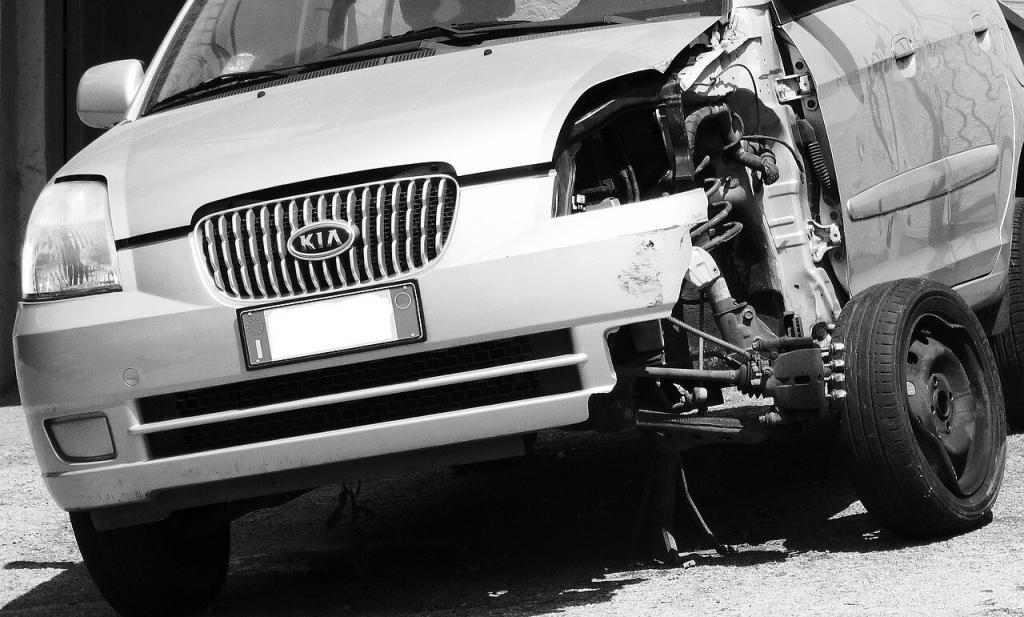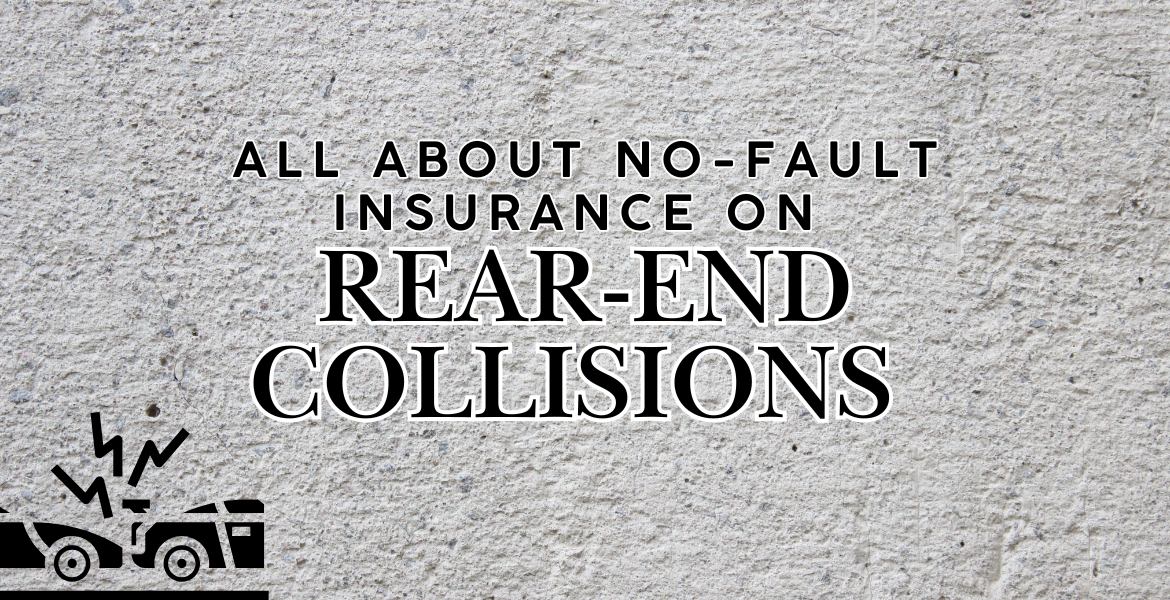No-fault insurance allows drivers to claim compensation from their insurance providers after an accident, irrespective of who was at fault. It simplifies the claim process, minimizes legal battles and ensures quicker support for medical expenses and vehicle repairs for all the parties involved.
Understanding No-Fault Insurance and How does it work?
No-fault insurance is designed to streamline the claims process for car accidents. The process aims to provide quick financial support and reduce the need for lengthy legal proceedings. Under this system, each driver involved in an accident claims compensation from their own insurance provider, irrespective of which party is at fault.

This approach is in contrast with the fault-based system, where the at-fault driver’s insurance would cover damages for all the parties.
How does No-Fault Insurance work in Canada?
- Immediate claims process: In this system, drivers can begin the claim process immediately after an accident. This helps them to focus on repairing and recovering their vehicles. The drivers directly deal with their own insurance providers streamlining the process by minimizing delays pertaining to determining the fault. The no-fault insurance system is beneficial for minor accidents, where a quick resolution allows drivers to get back on the road, without waiting for extensive investigations.
- Medical Expenses and Rehabilitation Coverage: The system ensures that drivers and passengers involved in an accident receive the required medical treatment and rehabilitation support promptly. The coverage includes hospital bills, therapy and income replacement if the injury does not allow the person to work. Every province has specific regulations about the kind of costs covered, but the main aim is to make recovery financially feasible without the added stress of the prolonged legal process.
- Property Damage and Vehicle Repair Costs: The insurance policy covers the property damage, including vehicle repairs and replacement costs. Some provinces allow for limited fault determination for more serious cases where significant damages are involved. For minor accidents, the coverage of each policyholder addresses their own repair costs streamlining the repair process.
- Limitations and Liabilities in Serious Cases: No-Fault system does not eliminate fault consideration. In cases involving severe injuries, death or substantial financial losses, the at-fault driver will still be liable for compensation beyond the basic coverage and lawsuits may still arise. These cases are complicated by the help of a professional Calgary rear-end collision lawyer to address the damages that exceed policy limits.
- Provincial Variations: Provinces in Canada may vary in the application of no-fault insurance. Quebec, for instance, has a pure no-fault insurance model, measuring all injury-related claims handled by the government agency without the option to sue. Ontario has a modified no-fault system, allowing limited legal action in cases of severe injury.
The main aim of the no-fault system is to provide efficient support and financial relief to accident victims, fostering a more accessible and less hostile insurance experience in Canada.
What are the key differences between No-Fault and Fault-Based Insurance?
Both No-Fault and Fault-Based Insurance systems represent two distinct approaches to handling auto insurance claims and liability following an accident. No-fault insurance emphasizes immediate support and streamlined claims whereas fault-based insurance places a greater responsibility on ascertaining who is responsible for the accident.
Here are some of the major differences between the two-
- No-Fault Insurance: In a no-fault system, every driver involved in an accident, files a claim with their insurance provider, irrespective of who caused the accident. The system allows for quick support, as the policyholders can easily access benefits like medical care, income replacement and vehicle repairs directly from their insurers. This approach makes the claim process simple, as it removes the need to establish fault immediately, especially in minor accidents. In the fault-based system, the driver responsible for the accident is held accountable for covering the damages, injuries and losses. The not-at-fault party files a claim with the insurance company of the at-fault driver, leading to delays if there are disputes about the liability. The compensation depends on determining the party at fault and the degree to which each party contributed to the accident.
- Legal Recourse and Lawsuits: A no-fault system limits the ability to sue for damages, especially in minor accidents. This helps minimize legal expenses and court involvement, leading to quicker claim resolutions. In cases of severe injuries or death, some no-fault provinces may permit lawsuits for pain, suffering and additional financial losses that exceed standards and policy limits. The fault-based insurance allows for lengthy legal recourse. The party not at fault has the right to sue the responsible driver for damages including medical expenses, lost wages, and pain and suffering. The legal action process can be lengthy and complicated when liability is disputed.
- Cost and Efficiency: The no-fault insurance model leads to lower administrative costs and more predictable premiums. This is because insurance companies can settle the claims quickly without lengthy investigations. The streamlined process reduces the overall costs for the policyholders in provinces that adopt no-fault insurance. In fault-based insurance, the drivers have to face higher costs, especially if they are found at fault. Legal fees, settlement costs, and the risk of being sued can increase the premium, especially in provinces with higher rates of litigation over auto claims.
- Provincial Variations: Different provinces in Canada have varied applications. For instance, Quebec has a pure no-fault system where personal injury claims are handled by the government body, and lawsuits are not permitted. Alberta and Ontario have a modified no-fault system that allows limited legal recourse in cases of severe injury. British Columbia; is an in-fault based province wherein fault determination plays a major role in how the claims are processed and compensated.
Both systems have their own advantages, with no-fault focusing on efficiency and fault-based insurance allowing greater accountability and potential for compensation through the courts.
What is the Impact of No-Fault Insurance on Rear-End Collisions?
No Fault Insurance impacts how rear-end collision injury Calgary is handled. The system simplifies the claim process, minimizing legal disputes over faults in such accidents. The system benefits the drivers by providing quick compensation for injuries and damages. The effects of no-fault insurance on rear-end collisions-

- Minimize the liability Claims: No-fault insurance in Canada reduces the liability claims in rear-end collisions. This system allows the driver to file directly with their insurer, irrespective of who has caused the accident. Under this approach, there is no need to determine fault and pursue a liability claim against the other driver. By simplifying rear-end collision claims process Alberta, this approach reduces the number of liability claims filed and promotes quicker compensation, lowering the administrative costs and expediting recovery for the drivers involved.
- Increased Insurance Premiums: Working with a professional rear-end collision lawyer near me will help you navigate the no-fault insurance on rear-end collisions effectively. This approach leads to increased insurance premiums for drivers, even those not at fault in rear-end collisions as each party files a claim with their own insurance company irrespective of who is responsible for the accident. As the insurer covers claims directly for their clients without pursuing the at-fault driver’s provider, these costs can contribute to higher overall premiums for policyholders. The system spreads the financial burden of claims across all the policyholders. This results in gradual premium hikes, accounting for higher payout volumes.
- Potential for Higher Medical Costs: The rear-end collision claim process is complex, thus working with a professional lawyer will help one explore the intricacies of the system. One such aspect is that no-fault insurance can lead to higher medical costs in rear-end collisions by providing immediate, comprehensive access to medical benefits for both parties irrespective of who is at fault. Each driver under this system can claim medical expenses directly through their insurance company, thus there is less emphasis on fault determination and coverage including physiotherapy, long-term care and others. This immediate access encourages thorough medical treatments, which is important for speedy recovery and can increase overall medical costs borne by the insurance company. The rising medical expenses reflect higher premiums as the insurers adjust rates to cover the increased cost of medical claims.
- Provincial Variations and Legal Exceptions: No-fault insurance impacts rear-end collisions directly across Canadian Provinces. For instance, Quebec has a pure no-fault system, while Ontario operates in a modified no-fault system allowing the law suits in cases of severe injury. In this approach, rear-end collision with significant injury types result in legal action to recover damages beyond basic coverage.
What to Do After a Rear-End Collision in Calgary?
Wondering what to do after a rear-end collision in Calgary? If so, consider working with a professional lawyer and navigate the process easily.
- Check for injuries: Immediately assess yourself and your passengers for injuries. In case anyone is hurt call for medical help immediately. Avoid moving the injured persons, unless they are in danger.
- Document the accident thoroughly: After the rear collision, document the accident thoroughly. Check for any common injuries from rear-end collisions. Take pictures of both the vehicles, focusing on damage, license plates and the scene. Also take pictures of relevant traffic signs, skid marks and road conditions. Exchange the contact details with witnesses if available. The accurate documentation of the accident spot is important during the rear-end collision settlement time supporting the insurance claim and any potential legal action.
- Follow up with repairs: Another significant step is to obtain repair estimates from the certified Calgary auto repair shop. Keep the receipts and records of expenses related to the accidents for potential reimbursement.
- Notify the Insurance Company Immediately: It is important to contact the insurance provider immediately to report the collision and initiate the claim process. Provide all the details connected, pictures taken, repair estimate report, police report and the information of a witness to the insurance company.
- Consider Legal Help: When pondering over what to do after rear-end collision, consider seeking the help of a professional lawyer who has expertise in handling rear-end collision cases in Calgary. The lawyer will help navigate the process effectively, and help you understand your rights and options ensuring a smooth claim process.
How No-Fault Insurance and Rear-End Collisions are dealt with in various Canadian specific provinces?
Quebec: In Quebec the no-fault insurance system, rear-end collision is handled without assigning the fault for injury claims. Every driver accesses the compensation for medical expenses and damages through the government insurance body, ensuring prompt support without the need for lawsuits or determination of fault.

Ontario: In Ontario, no fault insurance system, each driver involved in the rear-end collision claims compensation through their own insurance, covering medical expenses, lost income and vehicle repairs. The fault is determined by record keeping and potential premium adjustments, but the claims are handled directly with each driver’s insurer, expediting the process.
Calgary: In Calgary, Alberta’s no-fault insurance approach allows each driver involved in a rear-end collision to claim compensation through their own insurance company for medical expenses and vehicle repairs. The fault is assessed for adjusting premiums, but no fault model simplifies the claim, allowing faster access to required benefits and support.
Calgary, Alberta’s no-fault insurance approach offers a streamlined, supportive approach to managing rear-end collisions. The system allows the drivers to access compensation for lost income, medical expenses and care, and vehicle repairs, directly through their own insurance company.
The approach reduces delays and legal complexities, ensuring a smoother recovery process. While the fault is accessed for premium purposes, no-fault insurance emphasizes immediate relief and quicker resolution of claims. It benefits the drivers by reducing the need for lengthy legal disputes, offering a more efficient path after an accident, and supporting the individuals as they get back on the road and back to their normal lives.
It is advisable to work with a professional lawyer specialized in auto accidents in Calgary who will help you navigate the process smoothly and help in getting the fair average settlement for rear end collision.

